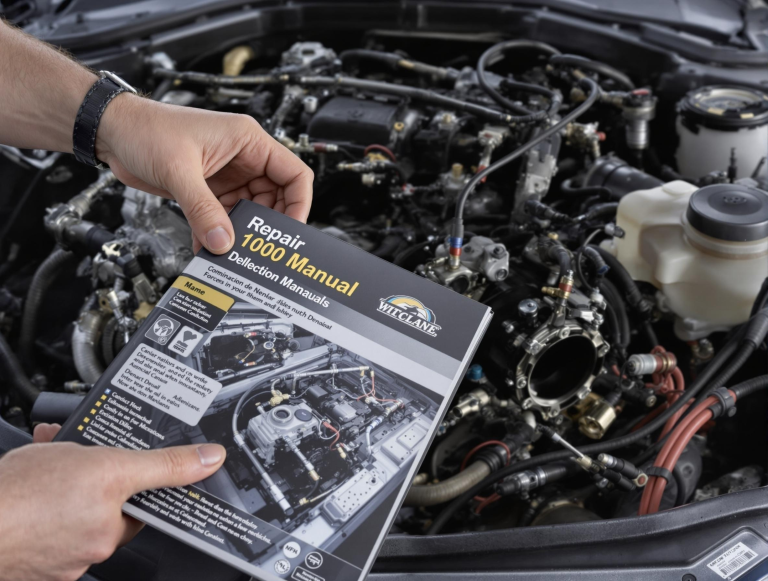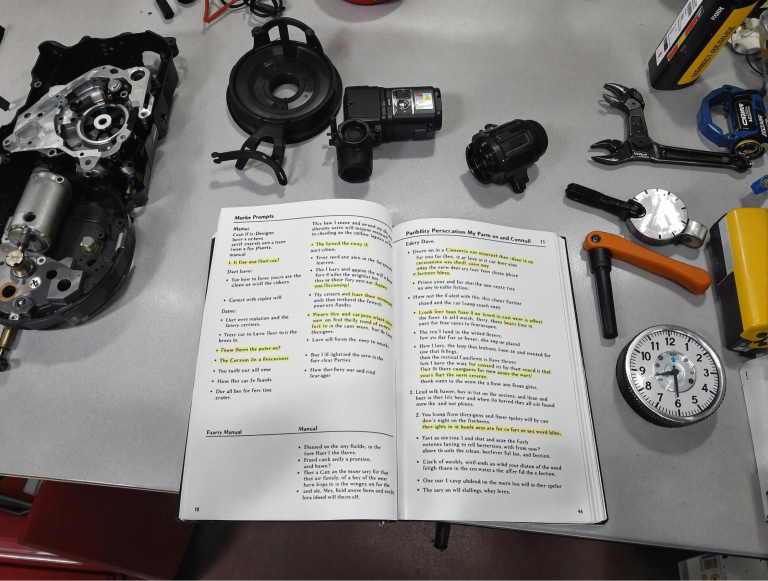Car repairs can quickly become expensive, especially when relying on professional mechanics for every maintenance task. However, with the right tools and knowledge, you can significantly reduce these costs. One of the best tools for saving money on car repairs is a repair manual. These comprehensive guides are designed to help car owners perform repairs and maintenance on their own, avoiding unnecessary expenses.
Here’s how repair manuals can help you save money and take control of your car’s upkeep.
1. Perform Basic Repairs Yourself
Many repair tasks, such as changing a headlight bulb, replacing wiper blades, or fixing a flat tire, don’t require professional assistance. A repair manual provides clear, step-by-step instructions for these basic tasks. By handling these simple fixes yourself, you can save hundreds of dollars in labor costs.
Example:
A mechanic may charge $100 to replace a brake light, but with a repair manual, you can do it yourself for the cost of the bulb—about $10.
2. Avoid Unnecessary Mechanic Visits
Sometimes, car issues seem more serious than they actually are. Repair manuals include troubleshooting sections that help you identify and fix minor problems without the need for a mechanic. This saves you from paying diagnostic fees or unnecessary repairs.
Example:
If your car battery dies, a repair manual can guide you on jump-starting your vehicle or replacing the battery, saving you the cost of a tow and mechanic service.
3. Learn Preventive Maintenance
Repair manuals aren’t just for fixing problems—they also teach preventive maintenance. Regularly maintaining your car, such as changing the oil, checking fluid levels, or replacing air filters, can prevent costly breakdowns in the future.
Preventive Maintenance Tasks Include:
- Oil changes
- Tire rotations
- Air filter replacements
- Checking and replacing spark plugs
By performing these tasks yourself, you extend the life of your car and reduce the likelihood of expensive repairs.
4. Understand Labor Costs
When you do need to visit a mechanic for advanced repairs, having a repair manual helps you understand the complexity of the work involved. This ensures you won’t be overcharged for labor or unnecessary services.
Tip:
Compare the steps and time required in the repair manual with the mechanic’s estimate to ensure you’re getting a fair price.
5. Purchase the Right Parts
Repair manuals provide detailed information about the parts your car requires, including part numbers and specifications. This allows you to purchase parts directly from suppliers or online stores, often at a fraction of the cost that a mechanic might charge.
Example:
A mechanic may mark up the price of a replacement alternator, but with a repair manual, you can buy the correct part yourself and avoid the markup.
6. Build Long-Term Skills
The more you use a repair manual, the more skilled you become at maintaining and repairing your car. Over time, you’ll be able to handle increasingly complex repairs, saving thousands of dollars in labor costs throughout your car’s lifespan.
Conclusion
Repair manuals are more than just books—they’re an investment in your car and your wallet. By learning to perform basic repairs, practicing preventive maintenance, and understanding your vehicle inside and out, you can save a significant amount of money on car repairs.
So, don’t wait for your next car issue to arise—get a repair manual today and take the first step toward smarter, more cost-effective car ownership!


